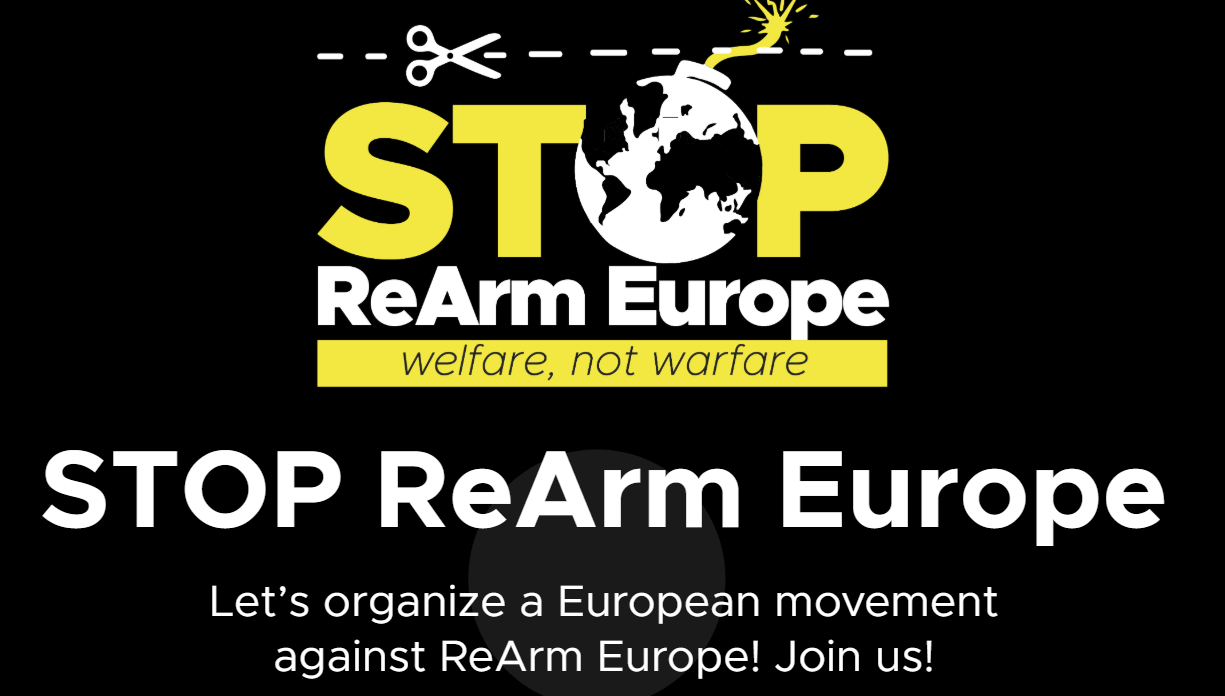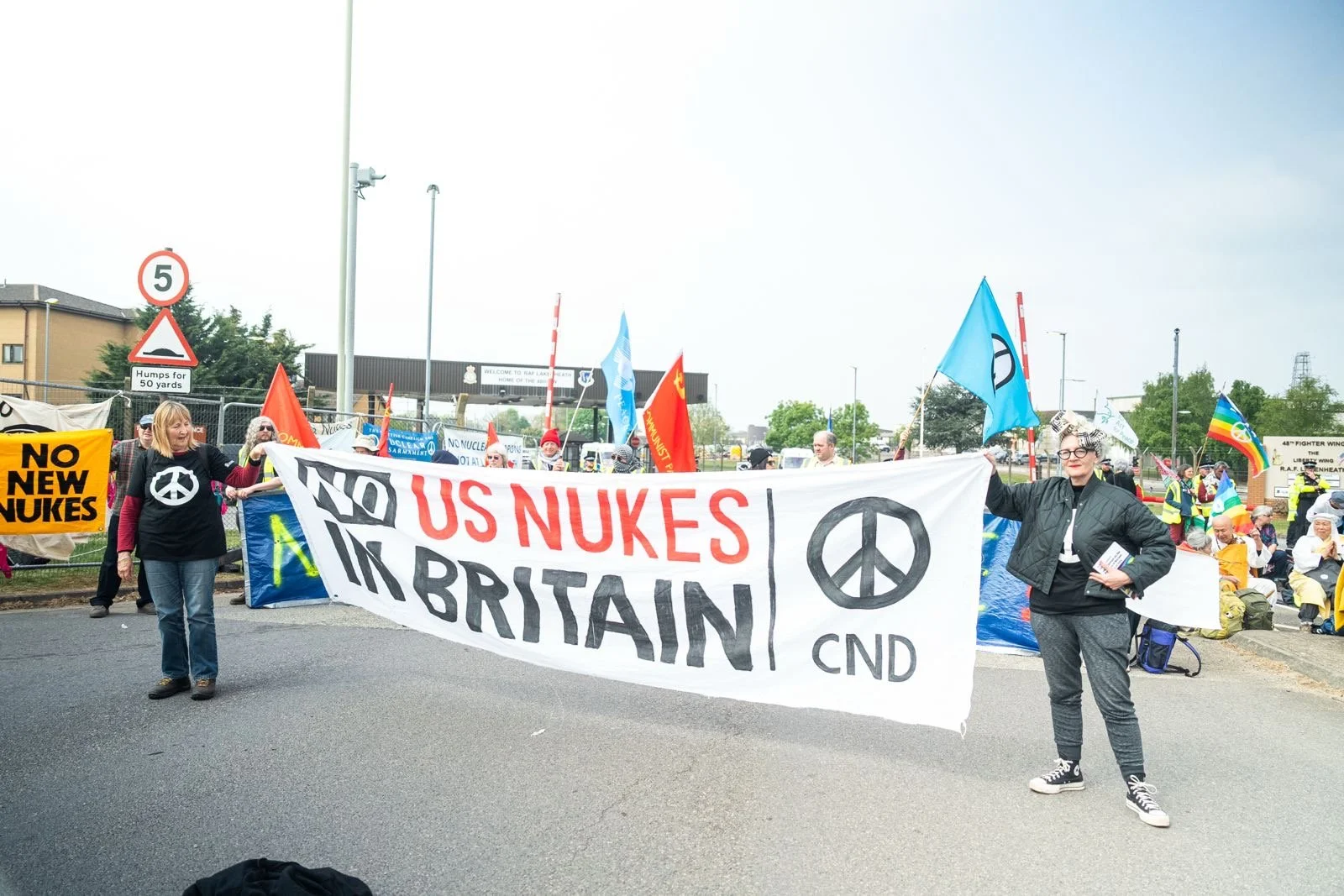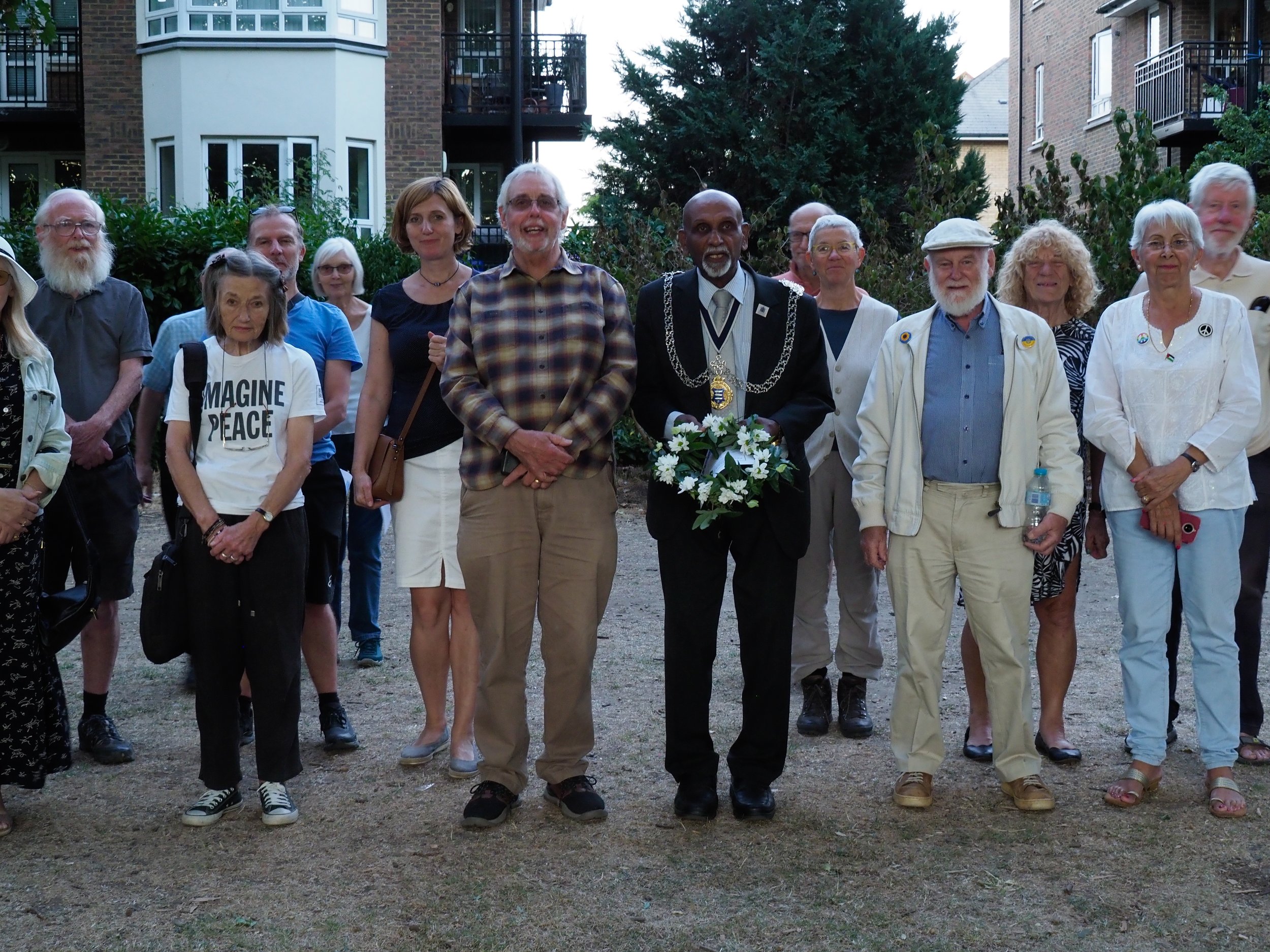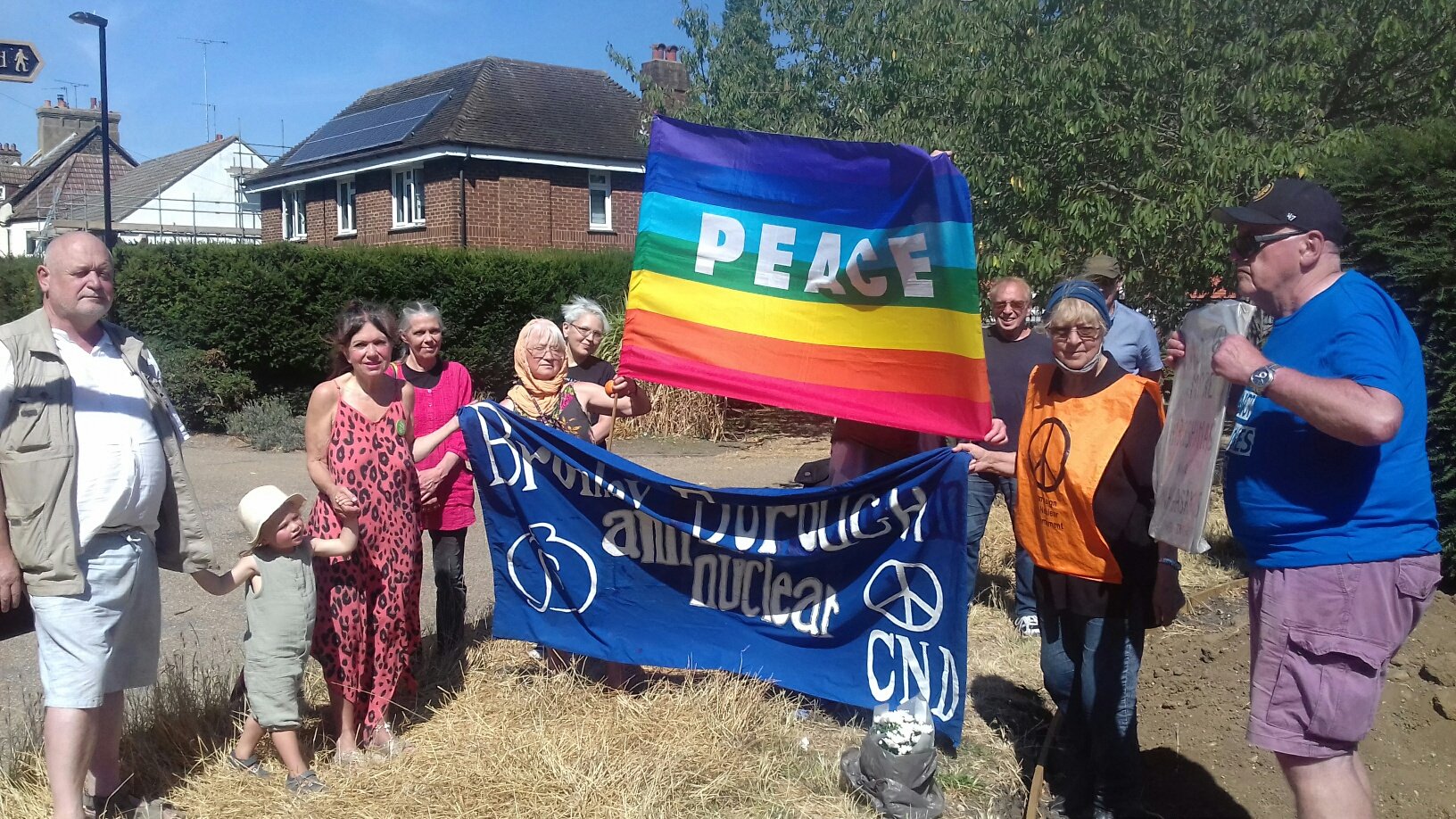The last couple of months have seen a growing number of warnings that nuclear war could be closer than we think – not just from CND, but from international figures, security specialists, and military personnel.
Speaking at the opening of the Non-Proliferation Treaty’s 10th review conference in New York, UN Secretary-General Antonio Guterres counselled that we are ‘one miscalculation away from nuclear annihilation’. The possibility of ‘a nuclear attack or accident hasn’t been this high for decades.’ he said.
It is a sad irony that Guterres was speaking less than a week before London CND commemorated the bombing of Hiroshima and Nagasaki in which an estimated 340,000 lost their lives and hundreds of thousands more suffered the terrible aftereffects of radiation poisoning. Indeed, a third generation of Hibakusha, the atom bomb survivors, still suffer the health consequences to this very day.
The UN Secretary-General is not alone in expressing concern that nuclear war is moving closer. A week before, as tensions mounted over Nancy Pelosi’s visit to Taiwan, the UK’s national security adviser Sir Stephen Lovegrove warned another New York audience that a ‘breakdown of communication’ with China and Russia had increased the chance of ‘an accidental escalation into a strategic war’.
During the cold war, the US and USSR benefited from a series of negotiations and dialogues that improved their understanding of each other’s doctrine and capabilities. ‘This gave us both a higher level of confidence that we would not miscalculate our way into nuclear war,’ Lovegrove said. ‘Today, we do not have the same foundations with others who may threaten us in the future…’
In mid-August, Hamish De Bretton-Gordon, a former commander of UK and NATO Chemical, Biological, Radiological and Nuclear (CBRN) Forces wrote in the Daily Telegraph that the ‘threat of a nuclear attack or accident has rarely been higher.’ Despite assertions by Defence Minister Sergei Shoigu that Russia has ‘no need’ to use nuclear weapons in Ukraine, De Bretton-Gordon queried whether it was so unlikely ‘that Putin would make use of a nuclear weapon, even a small one, to achieve his goals’.
These and other such warnings reinforce CND’s message that the war in Ukraine is closer to the shores of Britain than we might like to think.
The war in Ukraine is a direct result of the inability of OSCE negotiators to broker an agreement which satisfied the security interests of both Russia and Ukraine and ended the conflict over the Donbas region – the Minsk Agreement negotiations which began in 2014. On 21 February this year, Russia officially recognised the Luhansk and Donetsk People's Republics, and President Putin declared the Minsk Agreements ‘no longer existed’. Three days later, on 24 February 2022 Russian troops entered Ukraine.
CND continues to call for the withdrawal of Russian troops and for the re-opening of negotiations. The Ukrainian peace movement has condemned ‘all military actions on the sides of Russia and Ukraine in the context of current conflict. We call the leadership of both states and military forces to step back and sit at the negotiation table.’ Peace activists in Russia have also spoken out.
Behind the immediate conflict over Donbas, tensions between Russia and the United States have been building for two decades. During this time Nato has expanded its area of operation to the borders of Russia, accepting the majority of Russia’s neighbours into full membership or bilateral partnership.
Recognising this, CND continues to argue that the entry of Russian forces into Ukraine makes diplomacy more urgent, not less. The Ukraine war poses the possibility, accidental or deliberate, of a nuclear engagement – a possibility now acknowledged to be closer than almost ever before.
The US has around 150 nuclear weapons stationed in Europe. British and French nuclear arsenals are committed to Nato should conflict break out. Meaningful negotiations are the only road to a lasting peace in Ukraine and a secure future for us all.
Against this background, the danger that siting US nuclear weapons in Britain brings must not be ignored. As Antonio Guterres said in his address to the NPT, and as Kate Hudson rightly highlights on behalf of CND: ‘Luck is not a strategy. Nor is it a shield from geopolitical tensions boiling over into nuclear conflict’.
US intelligence-gathering infrastructure is already located. The rapid growth of the US Spy Base, Menwith Hill, during the past two decades and its widening role in new forms of intelligence-led warfare is cause for concern. As part of CND conference 2022, Yorkshire CND is hosting a day of workshops, with a trip to RAF Menwith Hill on Sunday 16 October. We hope many of you will be able to join us.
